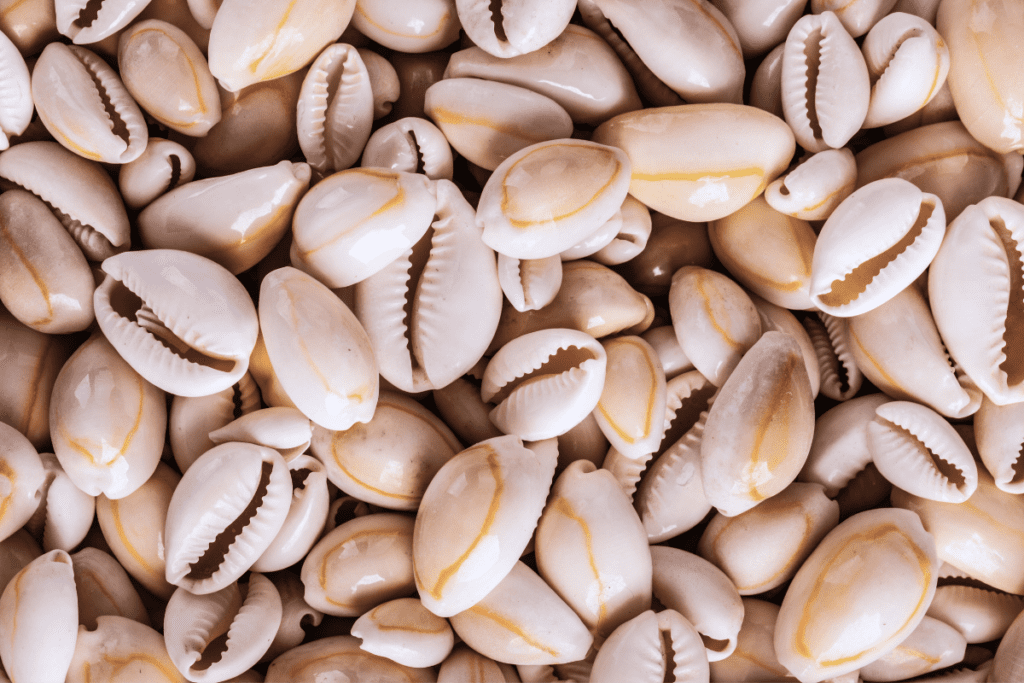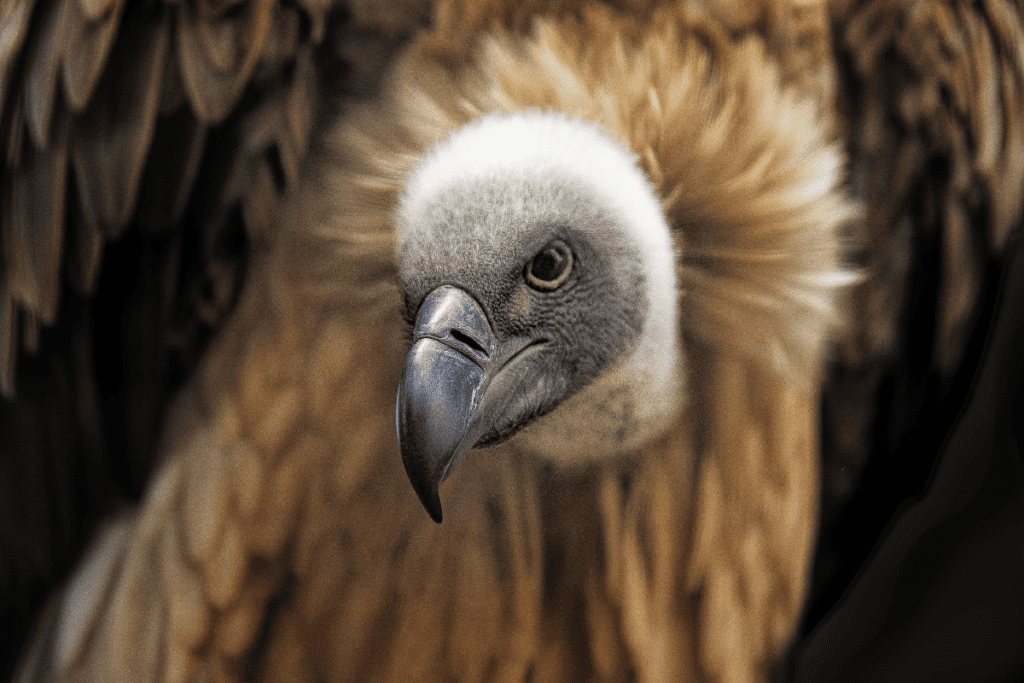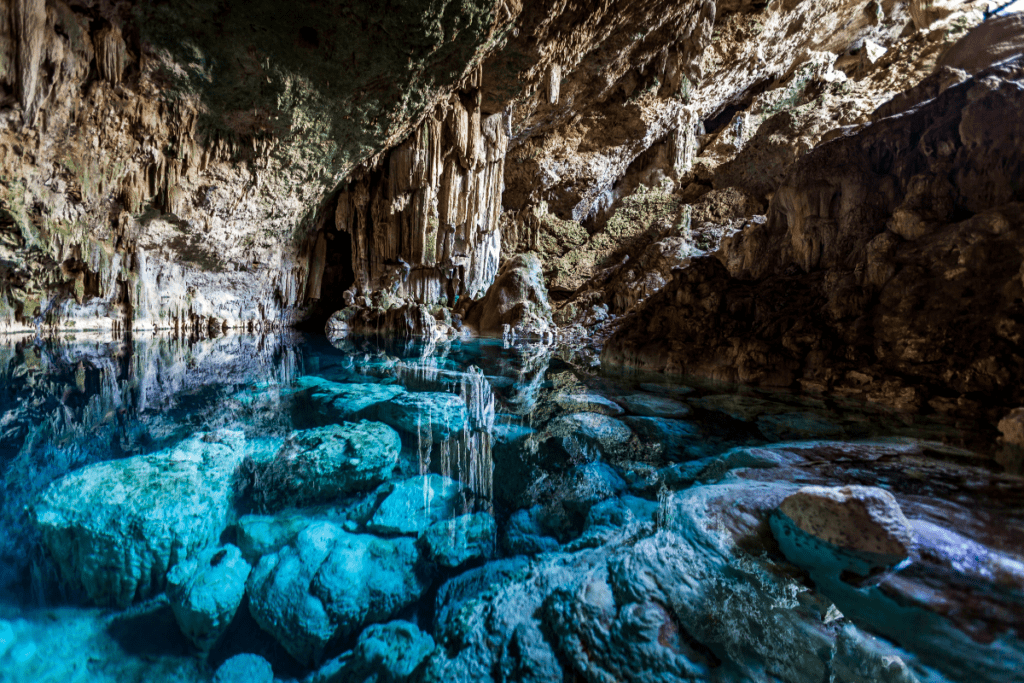I dedicate May to Oshun, the orisha of beauty, love, sexuality, and the vital source of all good things. This year I’m diving deeper into her caminos, starting with the most well-known roads of Oshun.
What are roads?
Camino is a Spanish word that means path or road. In Afro-Cuban Lukumi and other forms of African diasporic religion, some orishas have multiple guises, faces, forms, or avatars. We call these caminos or roads in English. Early in your journey in Lukumi, you may learn which orisha rules your crown, and this would be later confirmed before proceeding with initiation. After initiation, you learn the road of your tutelary orisha.
It’s unclear whether roads are an adaptation in the diaspora, but they seem to result partly from absorption. Regional deities and deified ancestors were identified with orishas that shared similar characteristics. On a spiritual level, roads may be different embodiments of the orisha’s essence or reflect different moments and conditions of life, such as adolescence, old age, wealth, and poverty. They reflect the dynamic, moving nature of orishas. Not all orishas have roads, some appear more frequently than others, and there is disagreement among elders about which orishas have roads and which roads are authentic.
Oshun has thirty-something paths. Most are not ritually acknowledged; some appear infrequently; others have little information and unknown origins. This blog is about five of Oshun’s best-known roads, caminos that give us a richer look at an orisha that is often reduced to feminine stereotypes. If you’re unfamiliar with Oshun, I encourage you to read my Ochun blogs about her, particularly Ochún, the orisha of beauty, love, and sexuality.
It’s important to note a few points.
The first is that Lukumi is a decentralised religion that is orally transmitted. So, our stories, beliefs, and practices have a lot of variety. What you read here may differ from what you’ve read elsewhere.
The second is that patriarchy has done Oshun a great disservice. The descriptions of her roads below show projections of male fears and desires around women and the contradictions that come with that.
Five roads of Oshun
Ibú Akuaro

Ibú Akuaro is young, beautiful, sensual, energetic, and cheerful. She is closely associated with male orishas and enjoys making men fight over her. Ibú Akuaro loves to dance with Shango. She is also a warrior who hunts in the forests with Ochosi, fishes in the rivers with Erinle, and walks with Ogun yielding a machete.
Ibú Akuaro resides in waterfalls and estuaries and is hard-working and charitable. She loves to help others, particularly children and the sick, but that doesn’t mean she’ll come running when you call. Ibú Akuaro is sometimes said to be hearing impaired, but others say she hears what she wants to hear and often ignores people if she thinks their concerns are not worth her attention.
Though generous, Ibú Akuaro is said to be irritable and dangerously wrathful. Her totemic animal, the quail or partridge, lends her a delicate quality, but the bird, and the orisha by extension, is sometimes described as “crazy”.
Olodí

Oshun is indispensable in divination. She is the owner of the Ẹẹ́rìndínlógún, the cowrie-shell divination system in Yoruba religion, which women, as well as men, practice. However, in Lukumi, women are prohibited from reading the cowrie shells; thankfully, some practitioners are challenging this patriarchal hijacking.
Olodí is the wife of Orunmila, the orisha of wisdom, knowledge, and divination. She is just as well versed in divination as he is; she divined during his absence and taught the Dilogun oracle to other orishas. As Orunmila’s wife, she is a conscientious homemaker and a patron of lawful marriage.
A pataki (story) says that Olodí was once a beautiful, elegant, vain woman with light skin and black, long, silky hair. An expert flirt, she stupefied men and made women jealous. While asleep, Yemaya cut and stole Olodí’s hair. This traumatic episode transformed her into a confused, embittered, and volatile woman. It’s quite a misogynist cautionary tale.
Olodí is a more sober and stern form of Oshun. She is righteous and intolerant of deception, abuse, and injustice. She is ready to battle, brandishing an axe or machete on horseback. She prefers pants to dresses, does not dance or like yellow. She protects and defends her children fiercely but is also very strict and can be severe. She is particularly enraged by men’s abuse of women and children and is said to afflict them with impotence, testicular cancer, and other male genital and reproductive diseases. She is rancorous and does not forgive these offences. She never surrenders, and she never loses.
Olodí’s totemic animal is the owl, representing her expansive vision and wisdom. The owl, a harbinger of death, also connects Olodí to the Aje, the so-called witches.
Some say that Olodí name means “revolutionary” and that she owns dams and dykes, which create barriers that hold back water and control, divert, or contain its flow. Others say that her name means “she who takes another route when encountering obstruction” and that she lives where a single stream separates into two or more separate streams. Given her warrior nature of defence and offence, I lean towards the first interpretation.
Ibú Ikolé

Oshun is typically associated with beauty and refinements, the river and other sweet waters, and the peacock. Ibú Ikolé shows us a different side of the orisha.
Ibú Ikolé is “she who does not have a house”, yet she is associated with the stability of the home. Perhaps because she has lived in abject poverty, Ibú Ikolé is sympathetic to those who have experienced destitution. She has little to do with the rivers and lives in mountainous forests but is also associated with muddy banks.
Rather than the beautiful peacock, Ibú Ikolé’s animal is the vulture. When we think of beauty, we may not think of the vulture, but these scavengers play an essential role in the environments in which they live. By rapidly consuming carrion before it decays, vultures remove pathogens and toxins from the environment. For example, a decline in vultures in India has led to an explosion in feral dogs and a rise in rabies, contamination of drinking water, and other problems. Sadly, vultures are threatened across Africa and Eurasia.
In taking care of the remnants of death, Ibú Ikolé shows us another side of Oshun’s life-giving role. She also holds lessons about ageing, loss, decay, and death. A famous pataki of Ibú Ikolé describes her as a cheerful and seductive figure who fell on hard times. She owned one dress, a white one that she washed daily at the river until it yellowed. Ibú Ikolé doesn’t like the colour yellow because it reminds her of this painful period of her life. Ibú Ikolé is said to be ugly, dirty, and untidy.
Ibú Ikolé is laborious and works hard for her children. Because of its appearance and associations with disease and death, the vulture is also associated with witchcraft, and so is Ibú Ikolé, particularly that involving powders.
Ibú Aña

In Lukumi, women are not allowed to drum, a prohibition that doesn’t exist in Yorubaland. Yet, Ibú Aña owns the mystery of music and drumming. She is partly responsible for transmitting the music, drumming, and singing between the earth and the cosmos, allowing the orishas to possess their priestesses and priests. Ibú Aña loves music and dance, but she is a more mature representation of Oshun.
Ibú Aña lives where the river’s current crashes against the rocks, making a sound similar to the drum’s. Ironically, her name is sometimes said to mean “she who does not hear the drum but runs to it”, a reference to being deaf or hearing impaired; her children must make a lot of noise to get her attention.
Ibú Yumu

Ibú Yumu is the oldest of Oshun’s roads and the wealthiest. She’s a savvy and upright businesswoman associated with the wasp and snakes. Now advanced in age, she prefers quiet to revelry and sits in a rocking chair, knitting and weaving fishing nets and baskets. She is sometimes cranky, but she is loving. She is portrayed as a wise woman. She has many children and grandchildren, and I consider Ibú Yumu a grand matriarch.
Ibú Yumu lives where the river begins and is said to cause pregnancy, reflecting her status as the oldest and mother of all roads. She can be found in the river’s current, delighting in birds, butterflies, and aquatic animals. She also inhabits caves with rivers and pools of cold water. She is orisha funfun, a white orisha associated with white attire, cool waters, purity, and the light of consciousness. Her waters are miraculous and healing.
These roads of Oshun show us different sides and stages of her life. Ibú Akuaro is young, beautiful, and passionate. Olodí is a mature mother. Ibú Ikolé is ugly and dirty and the keeper of secret knowledge. Ibú Aña is a mature mediative power, and Ibú Yumu is the wise crone. Like the river, Oshun is constantly moving, representing the flow of human life.


Hello, Oshun Ibu Yumu does not knit and weave because she is old or bored, but because like many ancient goddesses throughout the world, amongst whom her Greek counterpart Aphrodite in her oldest representation, she weaves human destinies.
Please see the symbolism of the Fates. These three goddesses also exist in Yorubaland, where they are supposed to be feminine spirits of unlimited power who advise Olodumare.
That’s beautiful. Thank you for sharing!
Very well put; I Thank You for sharing as well. Muchas Bendiciones y Vida Larga con Gran Salud Ache
Thank you for this beautiful post. It has provided such clarity at the perfect time.